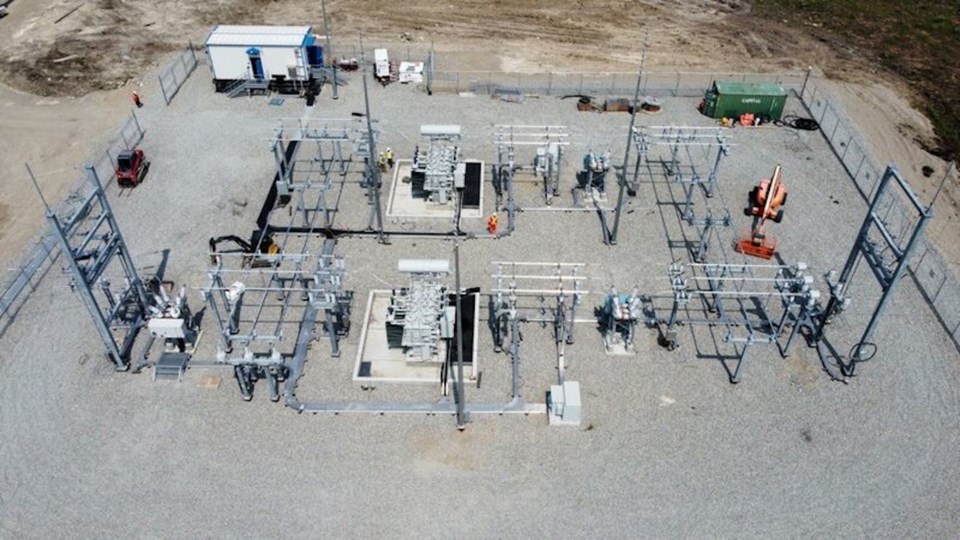The construction of a new secondary school and more homes are the plans of Kasabonika Lake First Nation now that Wataynikaneyap (Watay) Power has attached the remote community to the Ontario power grid for the first time.
A news release from Watay, an Indigenous-led transmission company said that Kasabonika is the sixth Indigenous community to be “energized”in the ongoing $1.9-billion infrastructure project that will eventually string power lines to 17 First Nations in northwestern Ontario.
Kasabonika, located 600 kilometres north of Thunder Bay, was hooked up to the grid about a month ago on Sept. 19. Kasabonika can only be accessed by plane and overland by winter ice road.
The grid connection unplugged the community from the constraints of a diesel-powered generator, which usually ran at capacity and did not allow for the expansion of new community infrastructure.
In a statement, Kasabonika Lake Chief Tom Semple said being attached to grid power enables them to complete projects such as a school renovation, building an office and light up a sports field.
“We can also build a new high school, which allow our youth to stay in the community longer for education, instead of having to leave the community at a younger age.
“Finally,” he said, “we can start building new homes.”
The release said ten communities will be grid-connected this year and next over a distribution system that will extend for 1,800 kilometres, originating from the Dinorwic Substation, east of Dryden.
As communities gradually get hooked up to clean and reliable power, Indigenous Services Minister Patty Hadju finds the First Nations and the region start to “come alive.”
In an interview, she said many communities have been “stranded and stuck” and unable to participate in the larger economy. Access to grid power, she said, is not only transformative for the well-being of the community but also for those doing business and having access to educational resources through stable high-speed internet connections.
“It’s a gamechanger.”
At the outset of project construction in 2018, Ottawa funded $1.6 billion of the northwestern Ontario and Far North transmission project.
With cleaner, non-diesel, energy production, Hadju said, it’s demonstrative that economy and the environment can go hand in hand.
“We’re starting to see the fruits of that now as the investments are starting to pay off and as the hard work of what that money represents is starting to evolve in the communities.”
“Kasabonika Lake First Nation has experienced many challenges with housing, community infrastructure, community expansion and other matters impacted by lack of reliable energy,” said Margaret Kenequanash, CEO of Wataynikaneyap Power in a statement. “Connecting Kasabonika Lake First Nation is a huge accomplishment and will enable the community to address their challenges and look forward to more opportunities.”
Here's a link to a real-time map showing construction progress.




